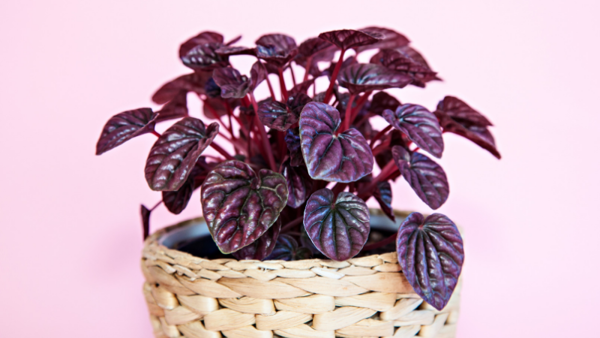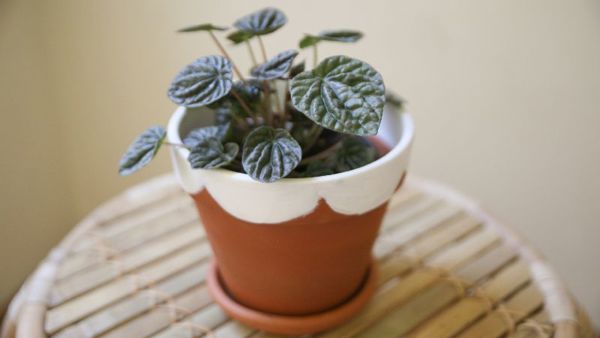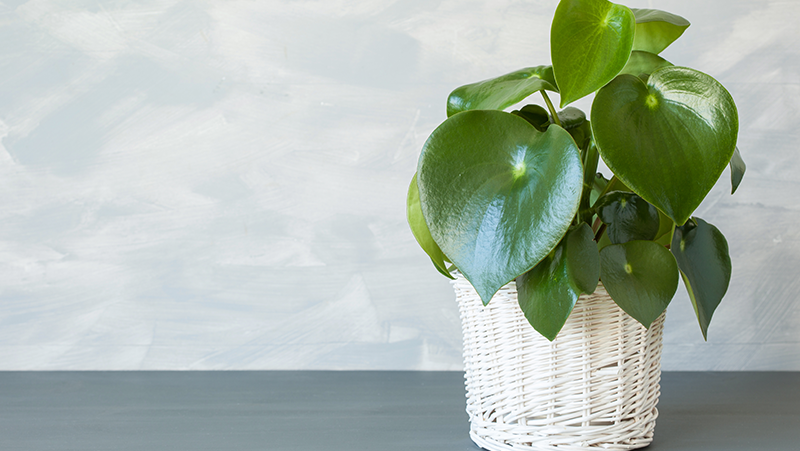Yates Account
Join now
Create a Yates account today!
Sign up to join the Yates Garden Club for monthly e-mails packed with seasonal inspiration, tips for success & exclusive promotions.
Plus if you’re a Garden Club member you can take part in the Yates Growing Community - a blog to share successes, get advice & win prizes in fun challenges along the way!

Forgot password
Enter the email address associated with your account, and we'll email you a new password.

Peperomias are great little ornamental indoor plants that are easy to grow and available in various colours including dark green, red, purple, silver and variegated. There’s one to suit everyone’s wish list!
How to grow peperomia in a pot
- Choose a pot at least 400mm wide (or larger, depending on the size of your plant). Position in well-lit spot, away from direct sunlight.
- Fill with quality potting mix, such as Yates Thrive Indoor Plants Potting Mix.
- Remove the plant from the container, gently tease the roots and cut away any circled or tangled roots.
- Position in hole in centre of pot and backfill with potting mix, gently firming down. Water in well afterwards.
- Water when the potting mix is dry – insert your index finger to the first knuckle, if it’s dry, water and if it’s moist, don’t water.
- Feed the plant fortnightly from spring to autumn with Yates Thrive Indoor Liquid Plant Food. This fertiliser promotes strong root development and healthy foliage growth. No feeding is required during the winter months.


How to grow peperomia in a garden
- Choose a spot in the garden that receives filtered sun and has well drained soil. In poorly drained areas, create an elevated mound of freely draining soil.
- Dig a hole in the prepared mounds the same size as the root ball.
- Holding the main body of the plant with one hand, gently backfill the hole, pushing the soil under and around the roots so that the plant is sitting high on the mound.
- If the plant is unstable, you can use some supports such as stones or pots to hold it upright while its roots settle in.
- Water in well. Ensure that you also place some water into the central part of the plant as this is where they draw in further moisture as well.
- Feed in spring and autumn with Yates Thrive Natural Blood & Bone with Seaweed to promote strong root development and healthy colourful foliage.

Growing tips
Plant different varieties together for contrast
Great for terrariums
Easy to propagate
Tough plants that rarely suffer from disease or bug infestation
African Violets are perfect indoor plants. For a start, they're quite small, so they can fit into the tiniest apartments.
Aglaonema
Aglaonema, also called 'Chinese evergreens' are a wonderfully diverse & colourful range of leafy plants.
Air Plants
Think you have a black thumb? Well guess what, we've got the perfect plants for you! Air plants or Tillandsia spp.
Aloe Vera
Aloe Vera are not just there to help with those after beach sunburns, but can also assist in the home by removing toxins in the air.
Recommended products
Yates Thrive Indoor Plants Potting Mix
To give your precious plants the perfect start, we've created the ideal ready-to-use NZ indoor plant potting mix.
Yates Thrive Indoor Liquid Plant Food
Provides indoor plants with the balanced nutrition they need to produce stronger, healthier foliage and an abundance of vibrant flowers.
Yates Thrive Natural Blood & Bone with Seaweed
A certified organic garden input boosted with NZ Seaweed to gently nourish plants, enrich the soil and encourage a strong healthy root system.
Yates Thrive Natural Seaweed Tonic
A 100% bull kelp seaweed tonic. Great for improving plant resistance and protection against pests, drought and frosts -also reduces transplant shock.
















Share
Share this article on social media